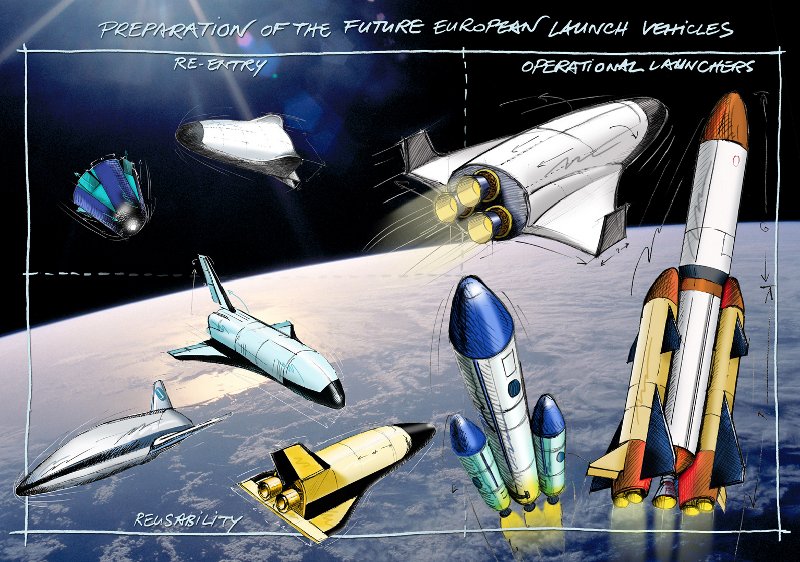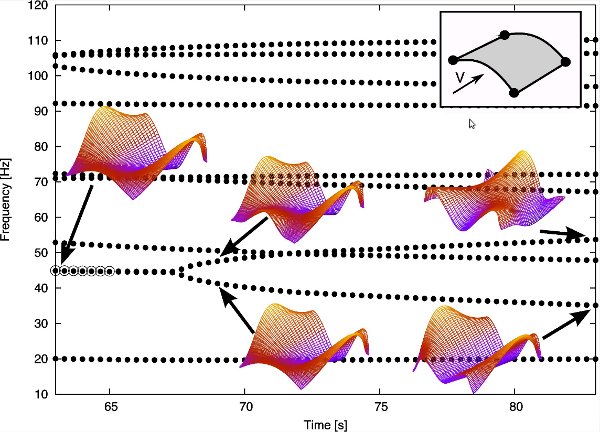Versatile Thermal Insulation

Summary
In the frame of the Cryogenic Upper Stage Technologies (CUST) development program part of the ESA Future Launcher Preparatory Program FLPP project the use of Versatile Thermal Insulation (VTI) panels has been proposed to protect the cryogenic tanks during the very early stage of the launcher flight.
VTI panels are attached at the upper stage of launcher for some dozens of seconds and then released by means of pyrotechnical separation nuts. The competitiveness of VTI solution with respect to existing and used upper stage structures must be checked carefully in order to make a proper decision for its use in future launcher.
In particular the success of VTI panel solution is very much subordinate to its lightness. The panels should be as light as possible but at the same time they must survive to the loadings acting on it during flight. Among the various loadings acting on the panels a particular attention is in this activities devoted to fluid structure interaction coupling sensitive loads, therefore an effort has been addressed focusing in the aero-elastic analyses and in particular in panelflutter phenomena.
MUL2 participate to VTI by conducing several aeroelastic analysis focused on supersonic panel flutter.
In the first phase of the activity has been analyzed the state-of-art of the aeroelastic instabilities of plate and shell, a review of the results presented in literature has been developed, the critical points concerning the aeroelastic instabilities have been highlighted.

The following activities have been focused on the preliminary aeroelastic analysis on the VTI panel configuration. The structural model wad based on a one-dimensional advanced formulation derived by means of the CUF (Carrera unified Formulation). The flow was considered supersonic and the aerodynamic forces have been derived by means of the Piston Theory.
The results of this first analysis have been used to set up the second phase of the VTI Project. A campaign of experimental test and advanced computational analysis have been planned in order to investigate the aeroelastic instabilities during the whole coasting phase.
MUL2 Investigators
Erasmo Carrera, Enrico Zappino